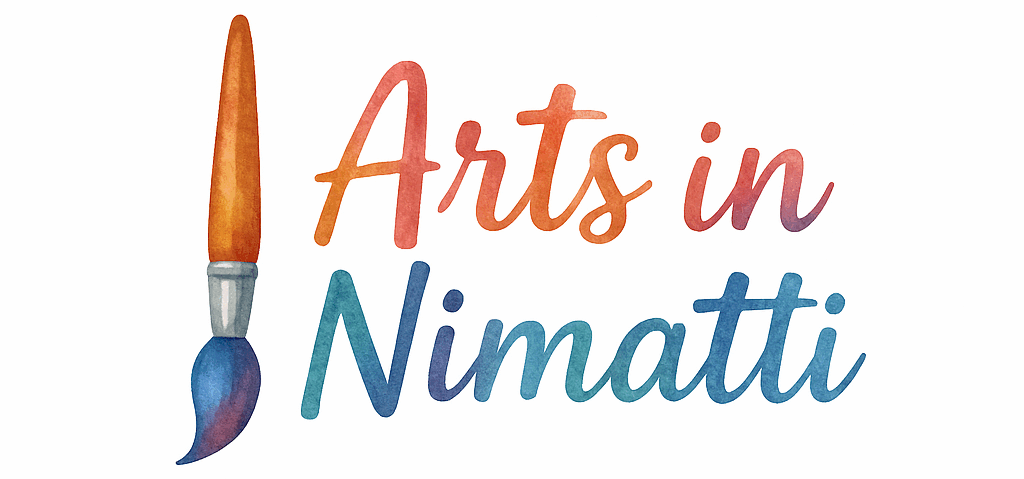As an artist, one of the most challenging yet essential tasks in your art business is determining the right price for your work. Whether you’re just starting out or have years of experience, the price you set for your art speaks volumes about your brand and your value. Getting pricing right is tricky, but with research, confidence, and some insight into the process, you can price your work in a way that reflects both its value and your skills. Here are 10 tips for pricing your art confidently.
Why Pricing Your Art is Crucial
Pricing your art isn’t just about slapping a number on a canvas; it’s about establishing your place in the market, recognizing the value of your time, and building your credibility as an artist. When priced too low, you risk undervaluing your work, while pricing it too high might alienate potential buyers.
The Psychology Behind Art Pricing
Pricing is psychological. People often associate higher prices with better quality or greater exclusivity. By setting a reasonable yet profitable price for your art, you can ensure that your work is taken seriously and appreciated by buyers.
How Pricing Affects Perceived Value
If you price your art too low, you may inadvertently communicate that it lacks value. On the other hand, pricing it at a higher point can position it as a more premium and desirable product. Pricing reflects not just the cost of materials and time but also the perceived value of your artistic skill and creativity.
1. Understand Your Costs and Time Investment
The first step to confidently pricing your art is knowing exactly what you’re putting into each piece—both in terms of time and money.
Material Costs
Materials are one of the most direct costs associated with creating art. Whether you’re using oil paints, charcoal, canvas, or digital tools, you need to account for these expenses. If you want to know more about the importance of accounting for materials, check out our Cost Management for Artists section.
Time Spent on Your Artwork
The time you invest in creating your work should be reflected in the price. If a piece took you hours or days to complete, you need to ensure that your price compensates for the effort. If you’re curious about time management for artists, head to our Artist Time Management page for tips.
Additional Expenses
Beyond materials and time, there are often other expenses that should be included in your pricing, such as gallery fees, marketing costs, or shipping. Check out our article on Managing Art Sales Expenses to learn how to track these costs effectively.
2. Consider Your Skill and Experience Level
As you develop as an artist, your skill and experience directly affect the price you can command for your work. Established artists with a larger portfolio often price their art higher than beginners.
Beginning Artists vs. Established Artists
If you’re just starting out, it’s natural to price your work more modestly. However, as you gain experience and recognition, you’ll find that you can begin to charge more. To understand how experience impacts pricing, visit our Building Your Artistic Career guide.
How Experience Can Affect Your Rates
Over time, your growing expertise will allow you to justify higher prices. Established artists have proven their skills, and collectors are often willing to pay more for their work. Explore how to enhance your portfolio in our Creating an Artist Portfolio section.
3. Research the Market and Your Competition
One of the most effective ways to set the right price is by researching what similar artists are charging. By comparing your work to others, you can better understand where your art fits in the market.
Comparing Pricing Within Your Niche
Take a look at the work of artists who create pieces similar to yours. Do they work with the same medium, style, or subject matter? What are their prices? Researching other artists in your niche can help you establish a competitive price for your own art. For more about pricing in your niche, check out our Art Pricing Strategies post.
Online Art Sales vs. Gallery Sales
Prices can vary significantly depending on where you sell your work. Online art markets often have lower overhead, which can mean more affordable pricing. In contrast, gallery sales involve additional commissions and costs. Learn more about selling art in our Online vs. Gallery Sales comparison.

4. Factor in Your Artistic Uniqueness
Your art is one of a kind, and that uniqueness adds value. If your work is unlike anything else in the market, you have the opportunity to price it at a premium.
The Value of Originality
If your work stands out in terms of style, technique, or concept, this can justify a higher price. Buyers often seek unique pieces that reflect their personal taste and aesthetics. Check out our Developing Your Unique Artistic Style article for guidance.
Why Limited Editions Are Pricier
Limited editions hold additional value because their rarity makes them more desirable. Pricing your work higher for limited editions is common, as scarcity often increases demand. Learn how to sell limited editions in our Selling Limited Editions guide.
5. Account for the Medium Used
Different mediums come with different costs and challenges, and these should be reflected in your pricing.
Traditional vs. Digital Art Pricing
Traditional mediums like oils or acrylics come with higher material costs than digital art, where expenses might be limited to software or digital tools. However, the time and skill involved in creating either medium should factor into your pricing. For more insights on pricing based on medium, check out our Digital vs. Traditional Art Pricing post.
How Mediums Impact Pricing
Each medium carries its own set of costs. For example, large oil paintings require more expensive materials, which can make them costlier than a digital print. Explore the pricing factors for various media on our Art Medium Pricing Guide.
6. Build a Pricing Structure
Having a structured pricing model is essential for pricing your art consistently and confidently.
Create a Pricing Range for Different Works
Consider creating a pricing structure that accounts for the size, medium, and complexity of your work. Having a flexible pricing range helps you adjust based on these factors. For more tips on developing a pricing strategy, check out our Art Pricing Structure article.
Adjusting Prices for Different Sizes and Mediums
Different sizes and mediums will naturally require different price points. It’s important to adjust your pricing accordingly. If you’re looking for guidance on scaling prices based on size, read our Art Pricing by Size post.
7. Don’t Undersell Yourself
It’s tempting to undervalue your work to make a sale, but pricing too low can undermine your value.
Confidence and Value Perception
When you price your art too low, you risk signaling to potential buyers that your work isn’t worth much. Confidence in your art’s value will help you set a price that reflects its true worth. Read our article on Building Confidence in Your Art Pricing for tips.
Why Undervaluing Your Art Hurts Your Brand
Undervaluing your work can lead to long-term issues for your brand. If you continuously sell your art for less than it’s worth, it becomes hard to raise your prices later without losing credibility. Learn more about building a strong art brand in our Art Branding Guide.
8. Be Flexible With Custom Orders
Custom work can often be priced higher, as it involves a more personalized process.
Adjusting Prices for Custom Work
Custom pieces should come with a higher price tag to account for the additional time, effort, and materials involved. Make sure to factor in these elements when discussing custom work with clients. Check out our Pricing Custom Art post for tips on handling commissioned projects.
Handling Requests for Commissioned Pieces
For commissioned work, always discuss pricing upfront. Custom orders are often more expensive due to their individualized nature, and a deposit is often required. To learn more about managing custom requests, visit Managing Art Commissions.
9. Include Your Brand’s Story in the Pricing
Your artistic journey and the story behind your work can add significant value to your art.
How Storytelling Adds Value
A compelling narrative can make your work more appealing to buyers. The story behind your art can evoke emotions that make it more valuable to collectors. For more on using storytelling in your art, read our Art Storytelling guide.
The Importance of Your Artistic Journey
Don’t be afraid to share your story with potential buyers. Whether it’s your inspiration, process, or challenges, your journey adds a unique element to your work. Learn how to share your story effectively in our Sharing Your Art Story article.
10. Regularly Reevaluate Your Pricing
As an artist, your pricing should evolve with your growth, the market, and demand.
Market Trends and Changing Demand
It’s important to periodically assess market trends and adjust your prices accordingly. If your work is in high demand, you might consider increasing your prices. To learn more about navigating market changes, visit our Market Trends in Art page.
Repricing Based on Growth and Demand
As your art practice grows, so too should your pricing. Regularly review your work and adjust prices based on your evolution and market conditions. For more tips on growing your art business, check out our Growing Your Art Business article.
Final Thoughts
Pricing your art confidently is vital for your success as an artist. By understanding your costs, considering your skill level, and factoring in your uniqueness, you can set a price that not only covers your expenses but also reflects your true artistic value. Trust in your ability to price your work and adjust as needed as you grow and evolve.
FAQs
- How do I know if I’m pricing my art too high?
- What should I consider when pricing my first artwork?
- Can I change my prices over time?
- Should I offer discounts for my art?
- What should I do if my art isn’t selling at my current price?
- Is it okay to ask for deposits on custom art pieces?
- How can storytelling affect the value of my artwork?

